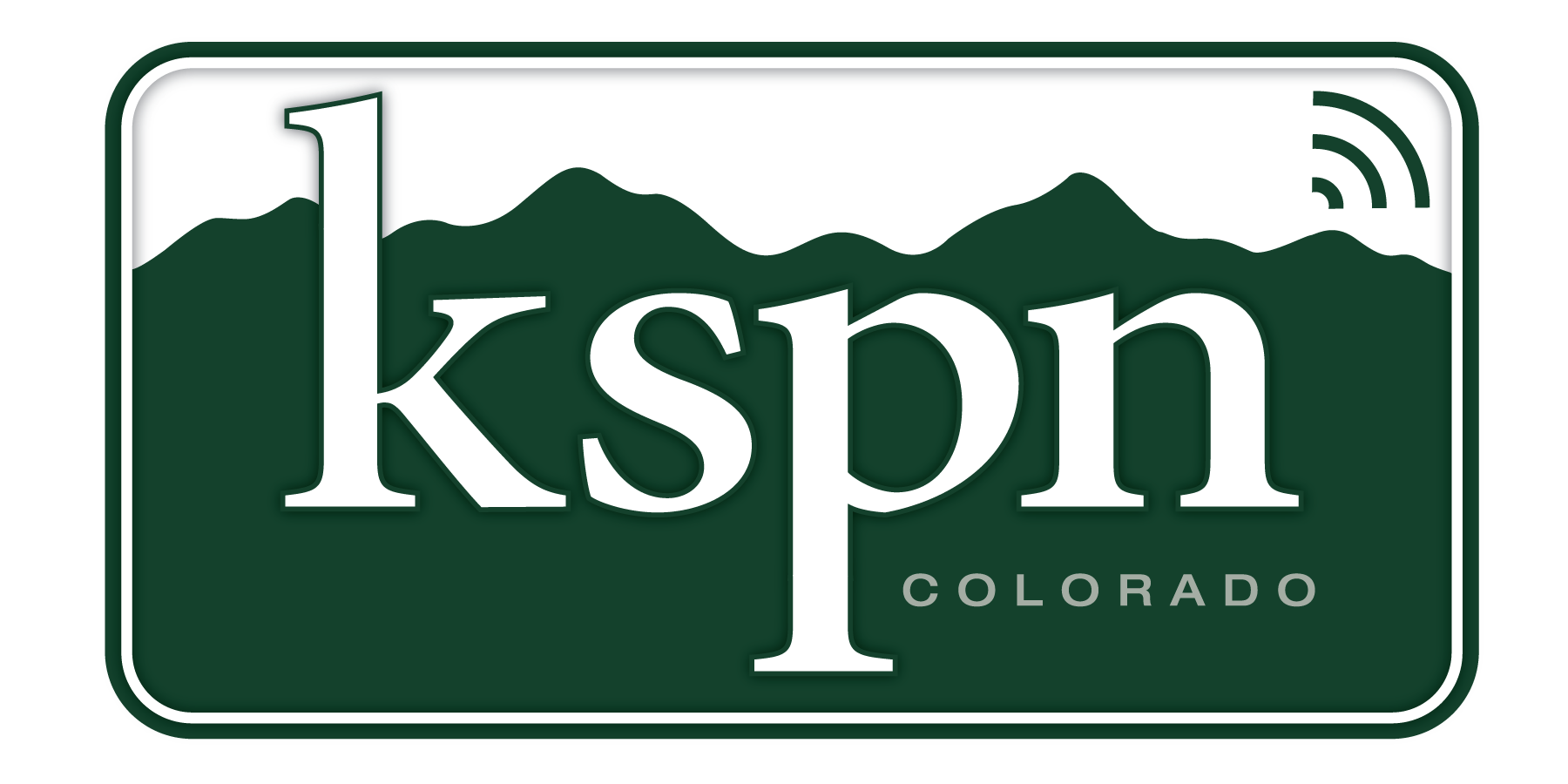
Amanda Webster/Courtesy David Zwirner
Nobody thinks of Lisa Yuskavage as a landscape painter. Not yet, at least, as she’s been defined by her revolutionary approach to figurative painting over the past two decades.
But the Aspen Art Museum is determined to change that with Yuskavage’s major solo exhibition “Wilderness,” opening Saturday night. Hanging new pieces along with work spanning back to watercolors from the early 1990s, this 44-piece show focuses not on her acclaimed erotic nudes and the pornography-inspired works that led New York Times critic Roberta Smith to dub Yuskavage “the premier bad-girl painter of the naughty late 1990s.”
No, this show wants you to pay attention to what Yuskavage has been doing in the background. There, you’ll find groundbreaking landscapes ranging from the romantic to the apocalyptic. It’s a journey from Eden to Hell and back.
It is curated by former Aspen Art Museum director Heidi Zuckerman and organized in partnership with the Baltimore Museum of Art, where it will travel from Aspen this summer. The exhibition is Zuckerman’s finale at the museum, where she served as director from 2005 to 2019 and made these kinds of tightly curated shows — highlighting an overlooked aspect of a well-known contemporary artist’s practice — an institutional signature.
“The idea is to look at her work from a nontraditional perspective,” Zuckerman said in August, when Yuskavage made her first visit to Aspen to receive the museum’s Aspen Award for Art. The prize, awarded since 2005, has previously gone to luminaries like Ed Ruscha, Marilyn Minter, Teresita Fernandez and Rashid Johnson.
A breakthrough moment for Yuskavage came during her graduate studies in the 1980s at Yale, when she began painting self-portraits of herself during a period of depression in her bed.
“It was the first time I manipulated an audience — which was the faculty — because they were shocked to see where I was psychologically,” she recalled during an August talk in Aspen.
Yuskavage soon moved away from depicting her physical self, but she’s kept her mind and spirit in all of her work since then.
“Something important was that I couldn’t not be in my work,” she explained. “There’s nothing wrong with painting a still life. But if I was going to paint it, I had to make it very personal.”
From that instinct came early pieces like her watercolor still-lifes of fruit that were interspersed subtly with intimate body parts — pieces like her “Sweet Thing,” in which a human butt is glimpsed alongside apples and grapes.
In her “Tit Heaven” series, dreamy jungle-like greenery and flowers are portrayed blooming in misty landscapes, where breasts also dimly emerge. The series marked the beginning of her long-overlooked work in landscape, upon which the Aspen show focuses.
“I realized that they had to be very personal landscape paintings,” she said. “There had to be something about them that was true to me, that couldn’t be generic.”
This use of watercolor emerged quite accidentally for Yuskavage back then. The struggling young artist got a gig teaching a watercolor class for a continuing education group she dubbed “blue stocking ladies.” Yuskavage bought a basic watercolor instructor’s manual to prepare, and found herself with this fruitful exploration of the medium.
The Aspen show will position these early pieces as a sort of Rosetta Stone for the monumental, acclaimed and often-controversial paintings that Yuskavage made in the decades to come, as her work found its way into permanent collections at institutions like the Art Institute of Chicago, the Hammer Museum, the Hirshhorn Museum, the Metropolitan Museum of Art, the Museum of Modern Art, the Walker Art Center, and the Whitney Museum of American Art.
The most talked-about of her works are the nudes, where the sacred and the profane collide in cartoonishly curvy women and sensual scenes, where she has demonstrated an uncanny ability to craft fully realized characters on the canvas who are as confounding as live human beings.
Yuskavage has most often drawn them from her imagination, without models. But for a period she modeled her characters from the pornographic photos in Penthouse magazines.
“I was interested in playing with it and hitting the third rail,” Yuskavage explained.
The pieces sparked controversy, of course, but she took it in stride and came to trust audiences with her work.
“When you make work like mine, and it’s taken years because I’ve been doing it for a long time, you have to accept a range of presumptions about yourself,” she said.
Yuskavage’s fantastical women have drawn most of the popular attention for her work, but the backgrounds are rich texts in themselves — whether it’s the saturated yellow color field behind a nude blonde or the breast-shaped hills and big cloudy green sky in the background of her massive “Triptych,” the distant blue horizon out the window behind her portrait of a large-rumped woman dubbed “Ham Ass.”
More recent works have placed her characters in lush, Eden-like scenes and in dystopian landscapes which range from the fun to the frightening, and she has imagined pastoral countrysides and jagged mountains under ominous skies. Sometimes, they’re all on one canvas, as in “Wilderness,” where verdant green hills roll far in the distance from a trio of women on an on rocky cliffside under a bruised red sky.
Viewers in Aspen will feel right at home in these stretches of the artist’s imagination. If Yuskavage’s landscapes are going to get their due, Aspen is an appropriate place to do it. When she arrived here for the first time last year, she remarked, “It’s exactly like the landscape in my paintings.”

